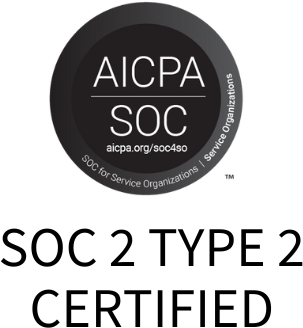
QPP 2017 vs 2018
QPP Year 2 – What’s Changed … and What Hasn’t
It was just over a year ago (October 14, 2016) that CMS released the final rule for the Medicare Access and CHIP Reauthorization Act (MACRA), radically changing the basis for Medicare reimbursement. The momentous Medicare reform law repealed the Sustain Growth Rate (SGR) and created the Quality Payment Program (QPP). It also detailed two payment pathways for physicians. In the first of this two-part post we look at what Year 2 will entail for QPP. During 2017, CMS has actively engaged with stakeholder organizations and individuals to make participation easier and ensure the program’s measures and activities are meaningful. Based on that feedback, CMS has announced it will:
- Slow down while preparing clinicians for full implementation in Year 3;
- Provide more flexibility to help reduce clinician burden; and
- Offer new incentives for participation;
- Continue offering free, hands-on Technical Assistance
There have been some adjustments for 2018 designed to reduce administrative burden on providers and allow for more successful participation in the second year of QPP. The final 2018 QPP rule also includes a comment period to allow for continued stakeholder feedback.
Helping Small Practices
Recognizing the challenges faced by small practices, CMS added the potential for these groups to receive a bonus. New for 2018, the small practice bonus can be used to add five points for any MIPS eligible clinician or small group that’s in a small practice (15 or fewer eligible clinicians). The MIPS eligible clinician or group must submit data on at least one performance category in an applicable performance period. Another accommodation for small practices within the 2018 QPP rule is the significant expansion of the low-volume threshold to $90,000 or less in Medicare Part B allowed charges OR 200 or fewer Medicare Part B patients. The previous threshold was $30,000 in allowed charges or 100 patients. CMS has estimated that only 37% of clinicians who bill Medicare will be subject to MIPS. Small practices can also receive favorable scoring under the Quality category, receiving a minimum of three points for reporting on a quality measure regardless of whether it meets data completeness. Small practices are also exempt from the All-Cause Readmission measure.
Measuring Quality
One of the greatest changes around Quality is that it will require a minimum 12-month performance period for 2018, compared to 90 days in 2017. Cost, like Quality, also requires a 12-month performance period for QPP Year 2. Advancing Care Information, Improvement Activities maintain the minimum 90-day performance period. The performance threshold and payment adjustment have changed as planned, offering greater incentives and more severe penalties. The performance threshold has jumped from three to 15 points, although the additional performance threshold remains at 70 point for exception performance. The payment adjustment for the 2019 payment year ranged from -4% to +4%, and that has increased for the 2020 payment year to -5% to +5%. Keep in mind, the 2020 payment year is tied to 2018 performance. Cost is one of the key measures for determining a provider’s final score, but was delayed until 2018. Quality, which accounted for 60% of the score, along with Improvement Activities (15%) and Advancing care Information (25%), will drop to 50% for 2018 and Cost will make up the final 10% of the score.
Additional Assistance
Hurricanes and natural disasters battered significant parts of the United States in 2017, affecting numerous clinicians. CMS addressed extreme and uncontrollable circumstances for both the 2017 and 2018 performance period by adding a hardship exception. If you were affected by Hurricanes Harvey, Irma or Maria, or by wildfires, check with your EHR provider to determine whether you might be eligible.
Certified EHR Requirements
A final important note, 2015 CEHRT (Certified EHR Technology) is not required for 2018 QPP participation, however physicians who use 2015 CEHRT, such as Azalea Health’s EHR, are eligible to receive a bonus.


